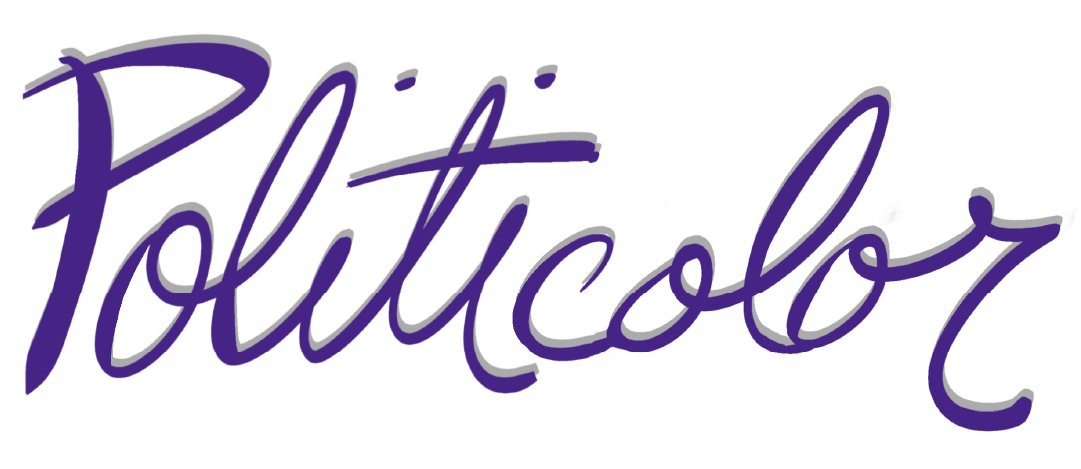Looking for a way to make Thomas Hobbes more to your students than life as “nasty, brutish, and short”? Today, I shared with my 4th-6th graders Dr. Seuss’s How the Grinch Stole Christmas.
You’ve no doubt seen the Chuck Jones animated version, but I’m going to visit the original text. As the story goes, the Grinch grinds out both his years and teeth, high up in a mountain cave. He hates Christmas, for “No one knows quite the reason,” but most likely it is because “his heart was two sizes too small.”
The people down below are the Whos, and they love to celebrate and they love to sing. Which drives the Grinch bonkers. He’s got to stop it, so he plots to destroy their holiday with a “WONDERFUL, AWFUL IDEA!” He’s going to take out Christmas and ruin everyone’s life. He’s going to splatter his wicked heart across the canvas of Whoville and blacken their light.
In devious succession, we see just how abhorrent the Grinch can be. He goes so far as to steal from little Cindy-Lou Who and pilfers so much that even the crumbs left behind are too small for Who mouses.
Then there’s the moment in which the Grinch waits for the terror. He listens for the peal of agony his black dawn will raze. And if we look closely enough at his gnarled face, we see that the Grinch is one of them; but he’s been twisted so far that he has become a What. A What living in a state of nature, as Aristotle’s beast; a What anticipating fire and brimstone’s consumption of Whoville.
Here’s where the multi-dimensional Hobbes comes in. Because when one makes the deep connection (never underestimate Seuss’s genius) that Grinch is part of their people, and he’s on the outside, then we can see this so clearly as Red Box stuff. (For extra benefit, the book’s only color is, indeed, red…leading me to believe that Will just may have a time machine hidden somewhere, dreamed up by one of his many federalist friends.)
This tale is about a people and someone on the outside, yet still within the covenant. He’s a monster needing to discover his Whoness in order to have any chance of ever stepping back into the community.
Of course, in the end, he does just that. But through a lesson we all could learn, he’s not pulled in; he has to make that choice. The people do not hunt him down, because they are better than that. They are beyond the reproach of materialism, above vengeance, and they come together to sing.
[Personal aside: The song. The song we should have sung after 9/11. The reminder of Who we are. The recollection and affirmation that we are Whos, not Whats. My heart feels the wounds of Abu Ghraib and knows that a crucial moment was lost in leadership too unlearned to know anything but “going cowboy”. I don’t wish to diminish 9/11 or suggest that a mass-murderer should be accepted into our people, but I now ache every time I reread this story.]
The Whos sing, and the Grinch’s heart grows. Triumphantly (not heroically, mind you), he rides down from the mountain, returning not only the town’s gifts to the Whos, but his self as well.
The philosopher tells us that anyone on the outside is still part of the people, and that his disenfrachisement is in part a failure of the whole. With the poetry of our Hobbesian Preamble, We ideally strive for a more perfect union, welcoming the Whats.
And the book’s glorious final page shows the Grinch himself has conquered the anger that set him out. Seated next to Cindy Lou Who, he carves the roast, which could very well be the darkness from his soul. For, contrary to what the Eagles might’ve sung in “Hotel California”, you can stab it with a steely knife, and you just can kill the beast.
Happy Holidays, Folks.
